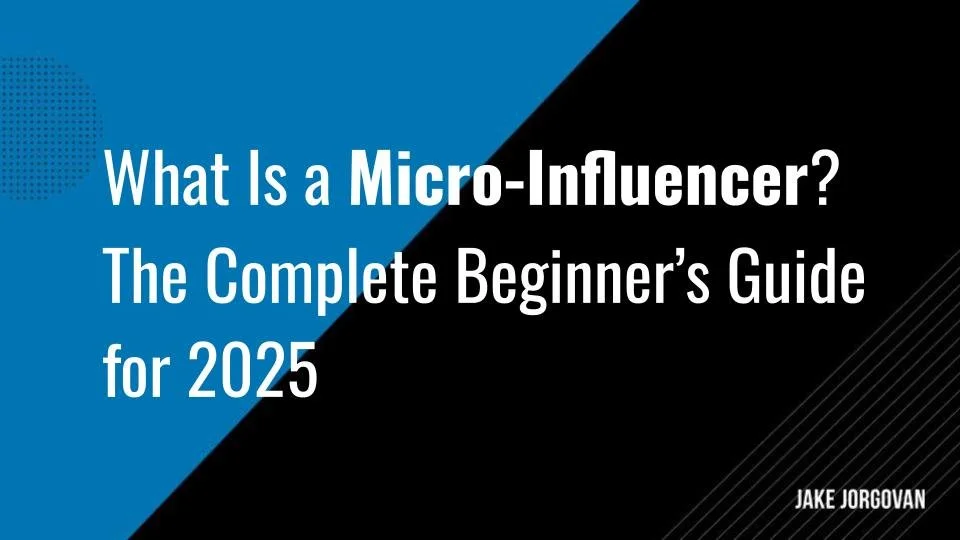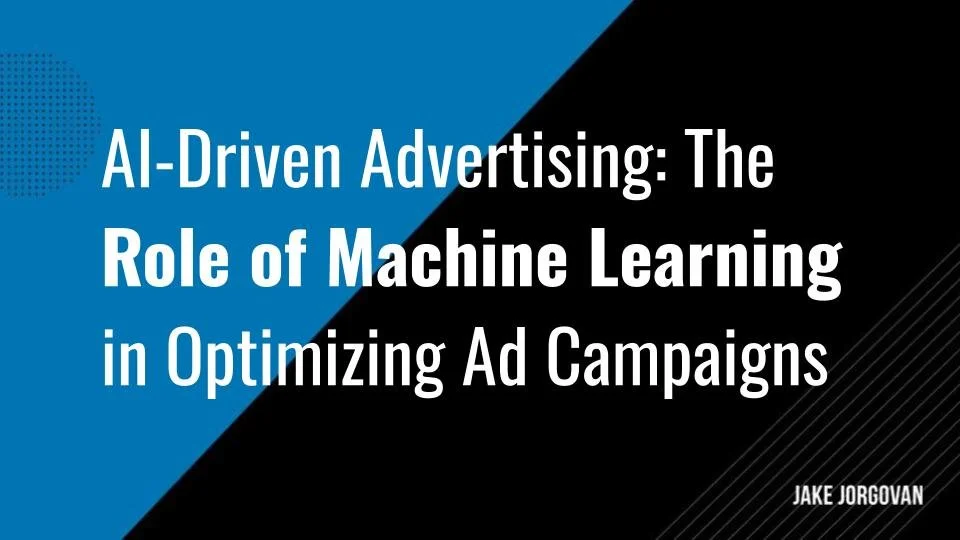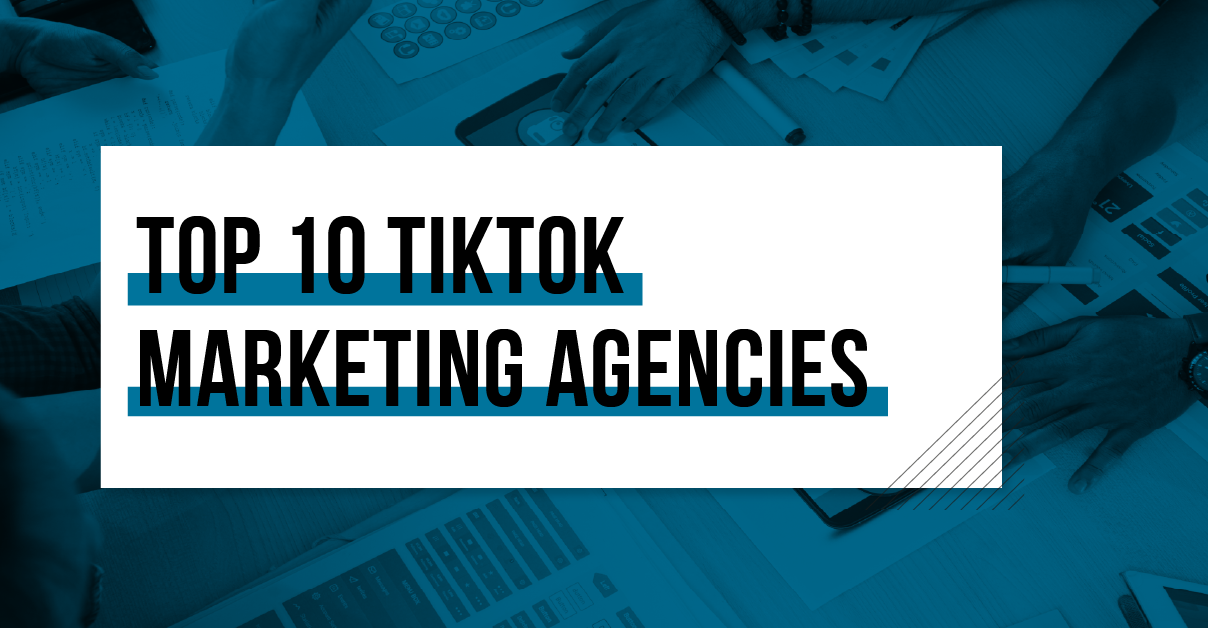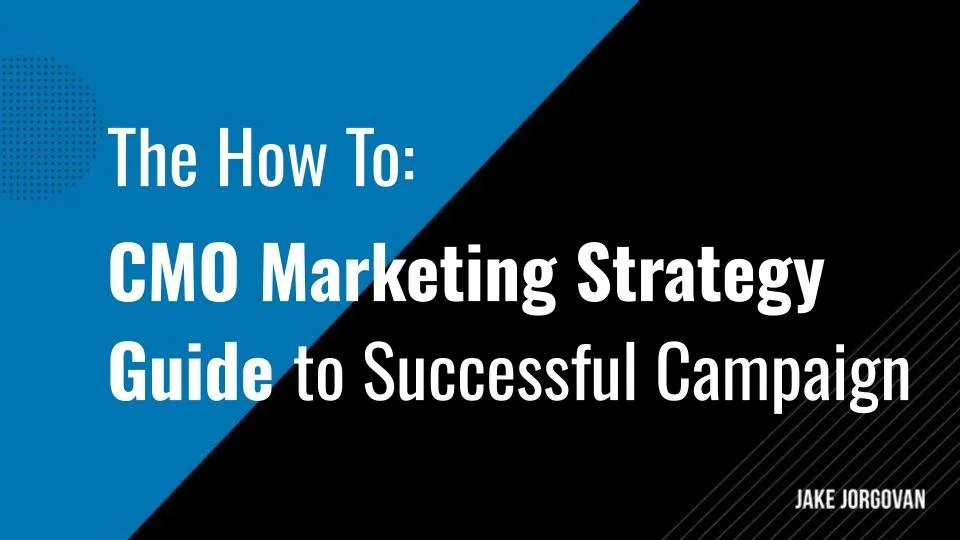The Evolution of Advertising: From Traditional to Digital (2025)
Advertising has been a cornerstone of business, connecting brands with potential customers.
In the 21st century, the shift from traditional methods like print ads and radio ads to digital platforms has transformed how businesses engage with their target audience.
Did you know that global digital advertising spending is projected to reach $694 billion in 2024?
“Stopping advertising to save money is like stopping your watch to save time.” – Henry Ford
This surge underscores the growing importance of digital marketing strategies in reaching wider audiences.
As consumer behaviors evolve, businesses must adapt to online platforms to maintain a competitive edge.
The integration of social media advertising, search engine marketing, and content marketing has become indispensable in modern marketing strategies.
Continue reading to explore how advancements in digital technologies and consumer preferences are shaping the future of advertising.
P.S. Ready to embrace the future of advertising?
Partner with a top digital marketing agency today, and let their expertise in cutting-edge strategies transform your brand’s reach and engagement.
The Early Days of Advertising
Advertising can be traced back to Ancient China, where people used bamboo-flute-based oral advertising to sell candy. Ancient Egyptians also used papyri to write their ads on.
These ingenious methods continued over the centuries. Town criers, signboards, and medieval newspapers all hosted advertisements.
But in the 19th century, the first advertising agencies appeared.
Print advertising emerged as a primary method for businesses to reach mass audiences.
The first paid newspaper advertisement appeared in France in 1836, marking a significant shift in marketing strategies.
In 1984, weekday newspaper circulation in the U.S. was nearly 63.3 million, providing substantial audience engagement.
By the 1920s, radio ads began to influence consumer behavior, offering brands a new avenue to connect with listeners. By the 1930s, radio reached over 60% of U.S. households, making it a powerful medium for brand messaging.
The advent of television in the 1950s introduced visual content, allowing advertisers to craft more engaging messages.
For instance, the first TV commercial aired in 1941, promoting Bulova watches.
By 1955, over half of U.S. households owned a TV, enabling advertisers to reach mass audiences effectively.
In the formative years of advertising, several campaigns across print, radio, and television not only promoted products but also left lasting cultural imprints:
Print media: In 1911, J. Walter Thompson's campaign for Woodbury Soap introduced the slogan "A skin you love to touch," intertwining sensuality with personal hygiene and setting a precedent for future beauty advertisements.
Radio: In the 1920s, J. Walter Thompson's radio advertisements for Kraft Foods introduced the grilled cheese sandwich to American households, influencing culinary habits and establishing a new food pairing.
Television: One notable example is the "It's the Real Thing" campaign by Coca-Cola, which debuted in 1969 and featured the iconic "Hilltop" commercial in 1971, promoting unity and peace through a global chorus.
These traditional media forms played a significant role in shaping consumer habits and building brand loyalty.
The Digital Revolution
The advent of the Internet in the early 1990s marked a significant shift in the advertising industry.
In 1994, AT&T launched the first clickable banner ad on HotWired, achieving a remarkable 44% click-through rate.
This innovation introduced online advertising, enabling businesses to reach potential customers through digital channels.
By 1996, the emergence of ad-serving technologies allowed for more targeted advertising, enhancing customer engagement.
The late 1990s saw the rise of search engines, leading to the development of search engine marketing and search advertising.
These advancements provided advertisers with powerful tools to connect with their target audience more effectively.
The digital revolution transformed traditional marketing methods, offering new opportunities for customer segmentation and personalized experiences.
As a result, businesses could build stronger connections with consumers, adapting to evolving consumer behaviors and preferences.
Advancements in Digital Advertising
Digital advertising has undergone significant transformations with the rise of social media, mobile advertising, and programmatic ads, each contributing to more targeted and efficient marketing campaigns.
Let’s explore:
1. Social Media Advertising
The rise of social media platforms has transformed advertising strategies, offering businesses direct channels to engage with their target audience.
Facebook, launched in 2004, introduced targeted advertising in 2007, allowing brands to reach specific demographics based on user data.
By 2024, social media advertising spending is projected to reach $219.8 billion globally, underscoring its significance in modern marketing strategies.
Platforms like Instagram and TikTok have further expanded opportunities for brands to connect with consumers through visual content and influencer collaborations.
For instance, TikTok's U.S. ad revenue is forecasted to reach $10.42 billion in 2024, reflecting a growth of over 38% compared to 2023, with projections suggesting it will climb to $15.26 billion by 2026.
These digital channels enable businesses to create personalized experiences, fostering customer engagement and loyalty.
As consumer behaviors continue to evolve, leveraging social media advertising remains a powerful tool for brands seeking to build meaningful connections with their audience.
Besides, the integration of data-driven strategies allows for precise customer segmentation, enhancing the effectiveness of these engaging advertising campaigns.
Side note: Let’s remember an example of a notable social media advertising campaign that has set benchmarks in digital marketing.
Dove’s “Real Beauty (2004) campaign redefined traditional beauty norms by showcasing diverse women and promoting authenticity.
This bold approach sparked global discussions about self-esteem and body positivity, aligning the brand with empowerment.
The campaign's innovative messaging significantly boosted engagement and brand loyalty, making it a milestone in advertising history.
2. Mobile Advertising
The proliferation of smartphones has significantly influenced advertising strategies, leading to a substantial shift towards mobile advertising.
As of 2023, the global smartphone penetration rate was estimated at 69%, with approximately 6.7 billion smartphone subscriptions worldwide.
This widespread adoption has prompted businesses to prioritize mobile marketing to reach a larger audience.
In 2022, mobile advertising spending reached a record $327 billion globally, and forecasts indicate this figure will near $400 billion by 2024.
The integration of mobile advertising into digital marketing strategies has enabled brands to deliver personalized experiences, enhancing customer engagement and loyalty.
The rise of mobile apps and social media platforms has further expanded opportunities for businesses to connect with consumers through targeted ads and relevant content.
Let’s now see an example of a great mobile app marketing campaign.
Duolingo’s 2019 April Fool’s campaign turned its persistent mascot, Duo, into a fictional stalker, hilariously exaggerating the app's reminders by suggesting Duo could appear in person.
The fake premise captivated audiences, blending humor with brand identity to spark widespread social media engagement.
The campaign boosted user acquisition, daily activity rates, and revenue, showcasing how playful, well-timed marketing can drive measurable success.
3. Programmatic Advertising
Programmatic advertising has revolutionized digital marketing by automating the buying and selling of ad space, enhancing targeting precision and operational efficiency.
This method utilizes artificial intelligence and real-time bidding to deliver ads to specific audience segments, optimizing resource allocation.
In 2021, programmatic advertising spending in Europe reached nearly $74 billion, reflecting its growing adoption.
The ability to analyze vast amounts of data allows for personalized ad experiences, increasing customer engagement.
For instance, programmatic video ads achieved an average completion rate of 80% in Q1 2021, indicating high viewer retention.
Additionally, the click-through rate for programmatic mobile display ads in the U.S. was 0.24% during the same period, demonstrating effective audience targeting.
The Economist utilized programmatic advertising to create tailored ads based on specific interests like finance and politics, leading to 650,000 new prospects and a 10:1 return on investment.
Lesson learned: Leverage data-driven insights to refine your digital marketing strategies and ensure your ads reach the most relevant consumers.
Current Trends and Technologies
The evolution of advertising has been shaped by current trends and technologies, including data analytics and AI, influencer marketing, and the rise of virtual and augmented reality, all of which redefine how brands engage with audiences.
Let’s explore:
1. Data Analytics and AI
Data analytics and artificial intelligence (AI) have transformed digital marketing strategies, enabling businesses to deliver personalized experiences to individual consumers.
By analyzing online behaviors and consumer demographics, AI-driven insights allow for precise customer segmentation.
And this precision makes your advertising campaigns even more effective.
The numbers prove this.
In fact, in 2023, 47% of global business leaders identified data accuracy as the foremost criterion for measuring the success of AI-driven personalization efforts.
Additionally, AI-powered tools can predict consumer preferences, allowing brands to tailor content and offers to meet specific needs, thereby fostering customer loyalty.
For example, Starbucks uses its AI-driven "Deep Brew" platform to personalize marketing messages and recommend products, enhancing customer engagement and satisfaction.
2. Influencer Marketing
Influencer marketing has become a cornerstone of digital advertising strategies, leveraging influencer collaborations to create meaningful connections with potential customers.
Businesses are investing heavily in this area; influencer marketing is projected to reach a value of $24 billion by late 2024.
That’s because influencers drive consumer trust by delivering authentic content that resonates with specific audience segments.
For instance, 77% percent of social media users favor influencer content over traditional ads, while 85% place more trust in influencers than in celebrities.
Leverage these content-driven strategies to foster customer loyalty and increase advertising effectiveness through personalized and engaging campaigns.
3. Virtual and Augmented Reality
Virtual and augmented reality have redefined advertising campaigns by offering immersive experiences that captivate potential customers.
Global revenue in the AR advertising market is anticipated to hit $5.2 billion in 2024.
Brands like IKEA have used AR to enhance customer engagement by allowing users to visualize furniture in their spaces through mobile apps.
Virtual reality ads provide unique opportunities for businesses to build stronger connections by creating highly interactive environments.
These technologies enable advertisers to target individual preferences while delivering meaningful content, so start using them to improve your advertising interaction outcomes.
Current Challenges in Digital Advertising
Digital advertising faces significant challenges, including ad fraud, privacy issues, and ad fatigue, impacting the effectiveness and trustworthiness of campaigns.
A recent Association of National Advertisers report revealed that ad fraud costs businesses $120 billion worldwide, indicating the scale of financial risks involved.
Moreover, with the increase in data-driven advertising, consumer privacy has become a pressing concern.
Balancing personalization with privacy is crucial, as regulations like GDPR impose stringent guidelines on consumer data usage.
Additionally, ad fatigue is growing, with consumers increasingly ignoring repetitive ads, highlighting the need for innovative and less intrusive advertising methods.
These challenges necessitate careful strategy adjustments to maintain consumer trust and campaign efficacy.
The Future of Advertising
The advertising industry is poised for significant transformation, driven by technological advancements and evolving consumer behaviors.
Global ad spending is projected to reach $1 trillion by 2025, underscoring the sector's robust growth.
Artificial intelligence will play a central role, with AI-informed ad revenue expected to constitute 69.5% of total ad revenue in 2024, increasing to 94.1% by 2029.
Gary Vaynerchuk, CEO of VaynerMedia, highlights the rise of live social media shopping and virtual influencers as emerging trends.
“I think social shopping’s going to be a monster. (...) There’s tens and hundreds of billions of dollars worth of live shopping happening right now.” - Gary Vaynerchuk
Additionally, the integration of blockchain technology is anticipated to enhance transparency and trust in digital advertising.
Pro tip: As consumer expectations shift towards personalized and immersive experiences, you must adapt your digital marketing strategies to maintain a competitive edge.
From Print to Pixels: Navigating the Shift in Advertising Strategies
Advertising has continually evolved, shifting dramatically from traditional methods like print and radio to robust digital platforms.
Traditional advertising, which dominated the 19th and 20th centuries through newspaper ads, radio broadcasts, and television commercials, has been foundational.
However, the digital age demands more from advertisers.
The rise of the internet and clickable ads in the 1990s began this shift, leading to sophisticated digital strategies that include social media, mobile, and programmatic advertising.
Social platforms like Facebook and TikTok have reshaped engagement, allowing brands to target audiences with unprecedented precision.
Mobile advertising has surged with the increase in smartphone usage, and programmatic ads have refined how ad space is bought and sold using AI.
The necessity for brands to stay competitive in this digital era is undeniable.
You must harness these advanced tools to connect with audiences where they spend their time—online.
Leveraging digital advertising is a must if you want to thrive in a world where consumer behaviors and technologies evolve swiftly.
P.S. Looking for a seamless blend of traditional and digital expertise?
Collaborate with a top full-service advertising agency today and let their professionals craft data-driven campaigns that connect with your audience across every platform.
🎯 Ready to learn more? Recommended reads:

































